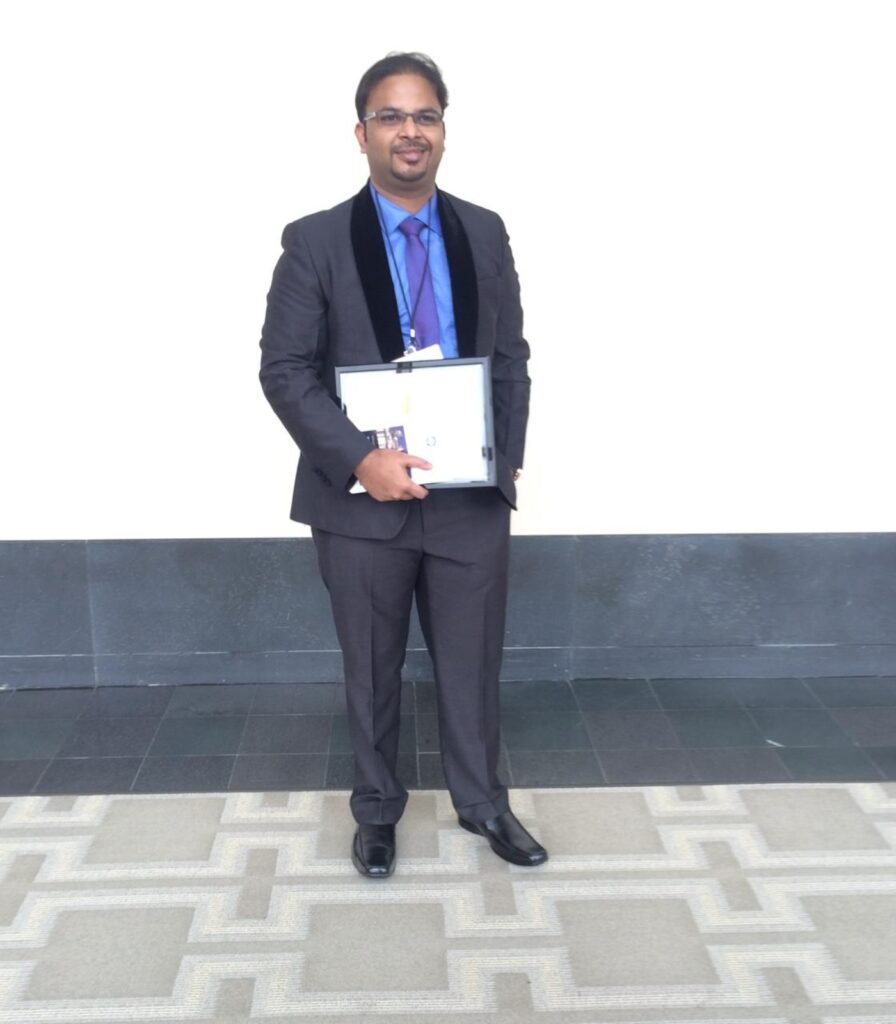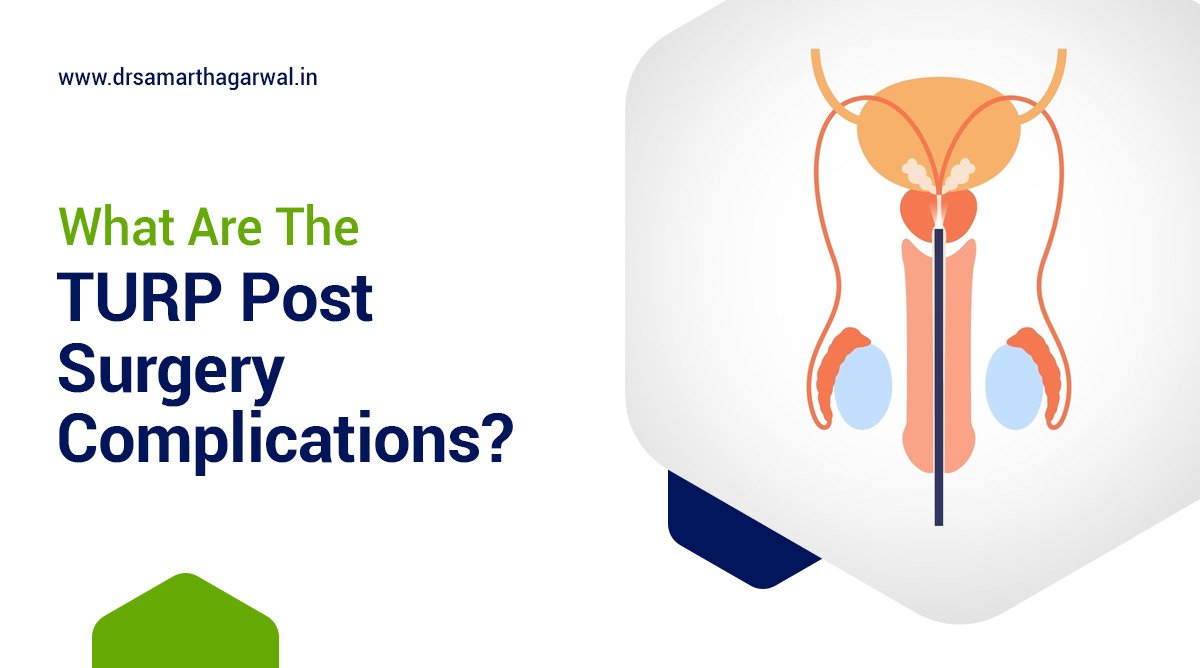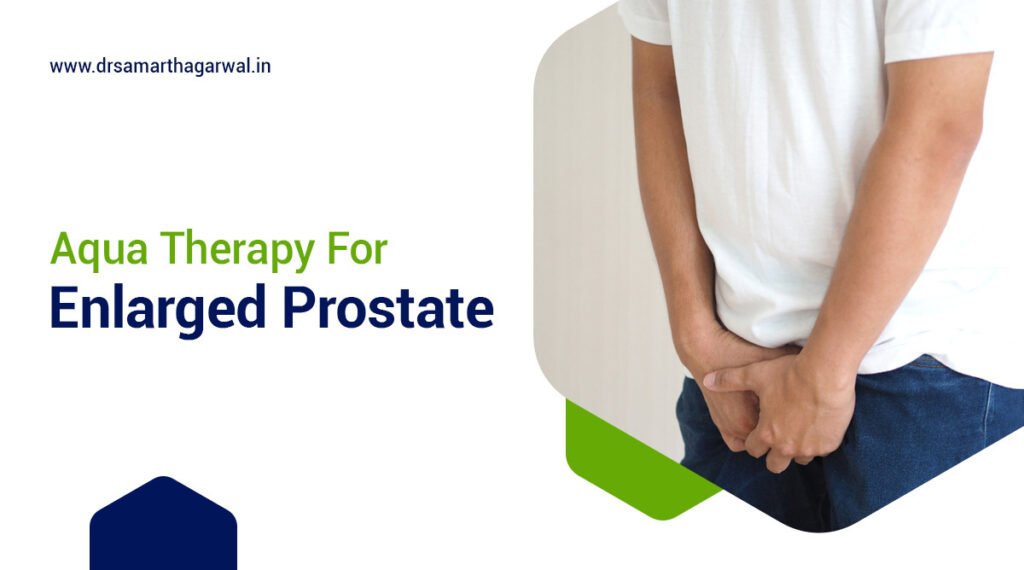The outcomes of TURP surgery can vary depending on the specific case and the individual’s health condition. Generally, the surgery can help alleviate the symptoms of an enlarged prostate, improve urinary flow, and reduce the size of the prostate. The success of TURP surgery can also lead to a decrease in the need for further medical interventions. The results of TURP surgery can be positive, with a reduction in the severity of the condition, and an improvement in the patient’s quality of life. However, there can be complications and risks associated with the surgery, such as infection, bleeding, and the development of strictures.
If you are having any post op problems after TURP you can consult with Dr. Samarth Agarwal.
What are the turp post surgery complications
Here are the top 15 TURP post-surgery complications that you might face.
1. Retrograde Ejaculation
Retrograde ejaculation occurs when sperm enters the bladder instead of being expelled through the urethra. This can lead to a “dry orgasm,” where no semen is released. It is estimated that up to 75% of men may experience this complication after TURP. While it does not affect sexual pleasure, it can impact fertility.
2. Urinary Incontinence
Some patients may experience involuntary leakage of urine following the procedure, which can vary in severity. This condition may improve over time, but some men may require pelvic floor exercises or medications to manage symptoms. In rare cases, surgical intervention may be necessary.
3. Erectile Dysfunction
Difficulty achieving or maintaining an erection can occur after TURP surgery, affecting sexual function. Studies suggest that about 10-20% of men may experience erectile dysfunction post-surgery. The risk may be higher in men with pre-existing erectile issues or those undergoing additional treatments for prostate conditions.
4. Urethral Strictures
Narrowing of the urethra due to scar tissue formation can lead to difficulties in urination and may require further treatment. Urethral strictures can develop weeks to months after surgery, and treatment options may include dilation or surgical repair.
Read More: Urethral stricture Treatments
5. Bleeding
Patients may experience bleeding during or after the procedure, which can range from mild to severe. In some cases, bleeding may require blood transfusions or additional surgical intervention. Post-operative bleeding is more common in patients taking anticoagulant medications.
6. Infection
There is a risk of urinary tract infections (UTIs) following TURP surgery, which may require antibiotic treatment. The risk of infection can be minimized by ensuring proper hygiene and following post-operative care instructions. Symptoms of infection may include fever, chills, and increased urinary urgency.
7. Bladder Spasms
Involuntary contractions of the bladder can occur, leading to discomfort and urgency. Bladder spasms may be managed with anticholinergic medications or muscle relaxants. Patients are often advised to avoid irritants such as caffeine and alcohol during recovery.
8. Changes in Orgasm
Some men may notice changes in the sensation of orgasm or experience “dry orgasm” due to retrograde ejaculation. These changes can be distressing for some patients, but they do not typically affect overall sexual satisfaction. Counseling may help address any emotional concerns related to these changes.
9. Fertility Issues
Retrograde ejaculation can affect fertility, as sperm may not be present in the ejaculate. Men who wish to conceive may need to explore alternative methods, such as sperm retrieval techniques. It is important for patients to discuss fertility preservation options prior to surgery if they are planning to have children.
10. Persistent Urinary Symptoms
Ongoing issues such as urinary urgency, frequency, or nocturia may persist after surgery. These symptoms can be frustrating and may require further evaluation and management. Lifestyle changes, bladder training, and medications can help alleviate these symptoms.
11. Transurethral Resection Syndrome (TUR Syndrome)
A rare but serious condition caused by the absorption of large amounts of irrigation fluid, leading to electrolyte imbalances. Symptoms may include confusion, nausea, and hypertension. TUR syndrome is more likely to occur during longer procedures and requires immediate medical attention.
12. Perforation of the Bladder or Urethra
Rarely, the surgical instruments can cause perforation of the bladder or urethra, which may require additional surgical intervention. This complication can lead to significant morbidity and may necessitate a longer recovery period.
13. Urinary Retention
Some patients may experience difficulty urinating after the procedure, necessitating catheterization. This condition can be temporary or persistent, and management may include medications or further surgical options to relieve obstruction.
14. Pain or Discomfort
Patients may experience pain in the pelvic area or during urination, which can vary in intensity. Pain management strategies may include over-the-counter pain relievers, prescription medications, or warm baths to alleviate discomfort.
15. Changes in Urinary Flow
Some patients may notice changes in the strength or pattern of their urine stream following surgery. While many experience improvement in urinary flow, some may have ongoing issues that require further evaluation and treatment.
Are there alternatives for a TURP?
Several alternatives to TURP exist for treating an enlarged prostate, including both surgical and minimally invasive options.
- Prostatic Urethral Lift (UroLift): This procedure involves inserting implants to hold the enlarged prostate away from the urethra, providing relief without significant tissue removal.
- Holmium Laser Enucleation of the Prostate (HoLEP): Considered the new gold standard for surgical treatment, HoLEP effectively removes prostate tissue with a lower risk of complications compared to TURP.
- Minimally Invasive Procedures: Options such as Rezum Water Vapor Therapy and prostate artery embolization (PAE) offer effective treatment with reduced recovery times and lower complication rates.
- Other Surgical Alternatives: Additional surgical options include photoselective vaporization, endoscopic laser enucleation, and robotic or open simple prostatectomy.
- Non-Surgical Alternatives: For those seeking non-surgical options, medications and minimally invasive therapies like UroLift and Rezum are viable choices.
These alternatives provide various options for patients, allowing for tailored treatment based on individual needs and preferences.
How do I get ready for a TURP?
To prepare for a Transurethral Resection of the Prostate (TURP), you should fast before the operation, as instructed by your healthcare provider. No specific bowel preparation is required. You may need to sign a consent form and avoid applying lotions, perfumes, deodorants, or nail polish on the day of surgery. Your healthcare provider will explain the procedure and answer any questions you may have. You will also be asked to take a bath or shower before the surgery.
What are the other types of BPH surgery?
Other types of BPH surgery include Transurethral Incision of the Prostate (TUIP), Laser prostatectomy (HoLEP and PVP), Transurethral electrovaporization (TUEVP), Transurethral vaporesection (TUVRP), Plasmakinetic enucleation of the prostate (PkEP), Unipolar transurethral resection (TURP), Bipolar TURP, Open prostatectomy, Holmium Laser Enucleation of the Prostate (HoLEP), GreenLight™ laser photovaporization of the prostate, Simple prostatectomy, and TUIP (Transurethral Incision of the Prostate).

If you have any questions or concerns about post-surgery complications following a Transurethral Resection of the Prostate (TURP), please reach out to Dr. Samarth Agarwal, the top urologist in Siliguri. Your urinary health is important, and Dr. Agarwal is here to provide the support and expertise you need.





